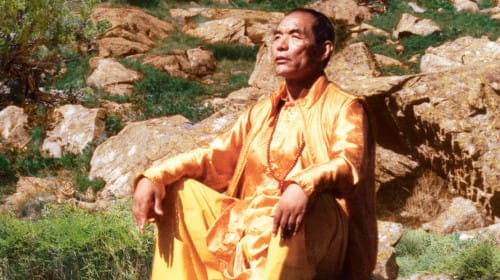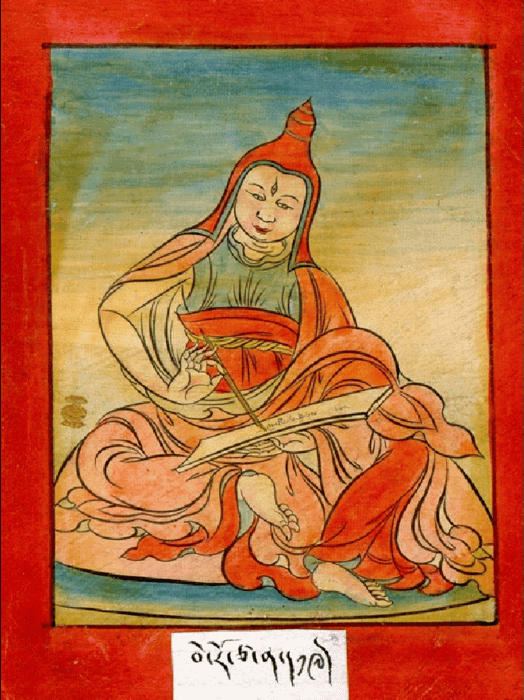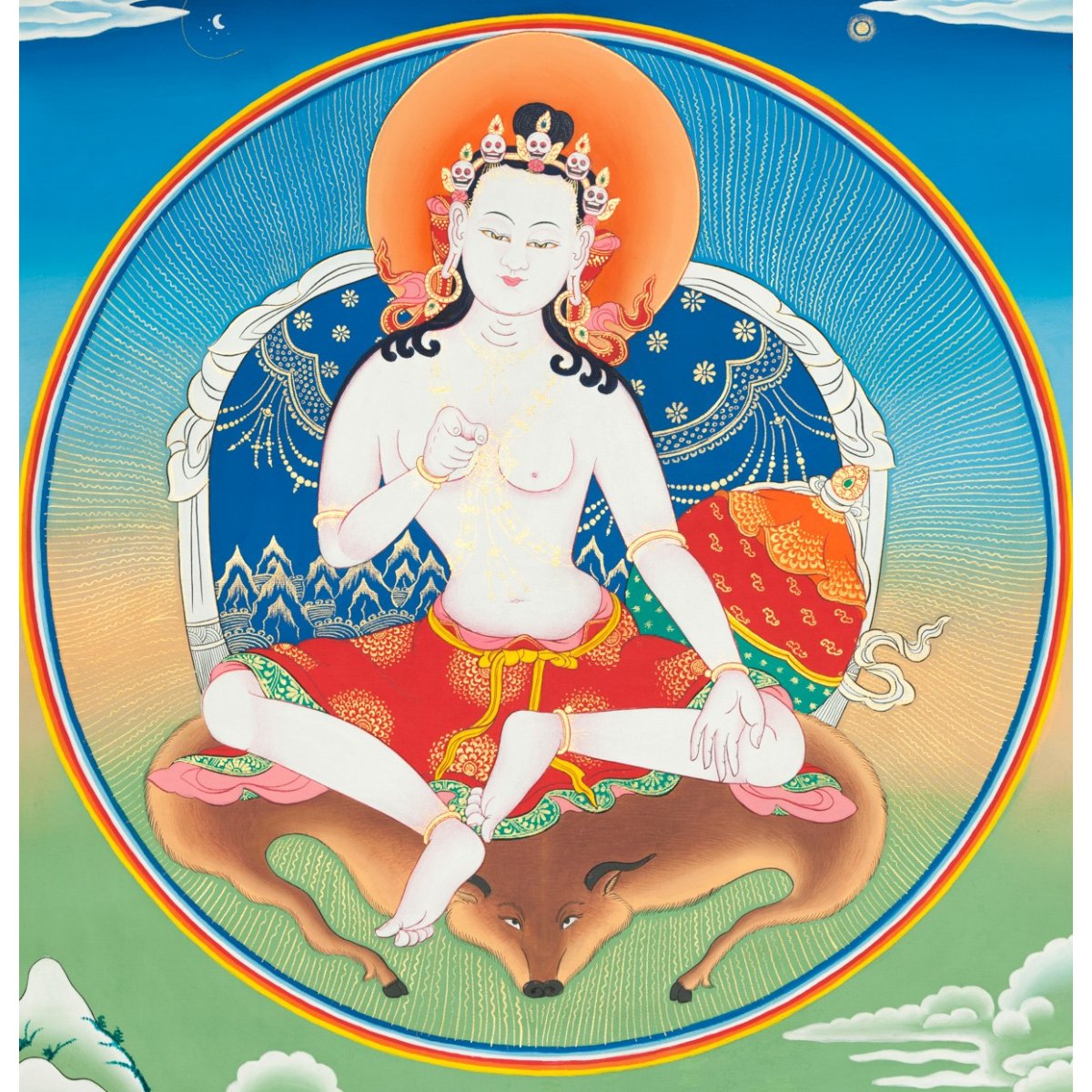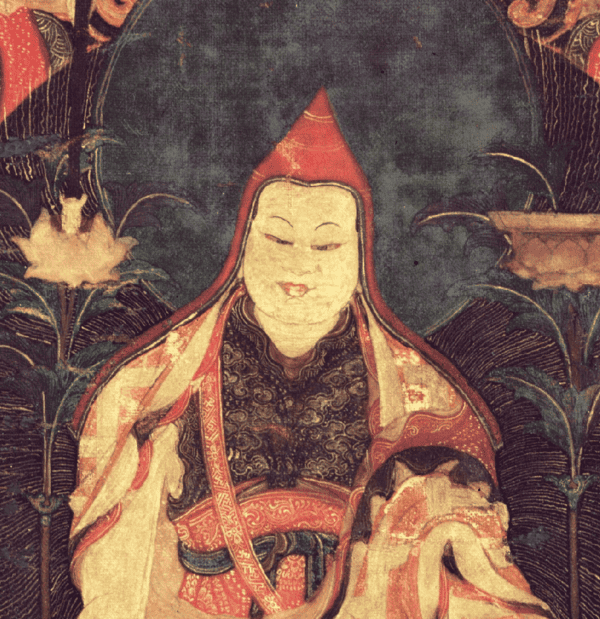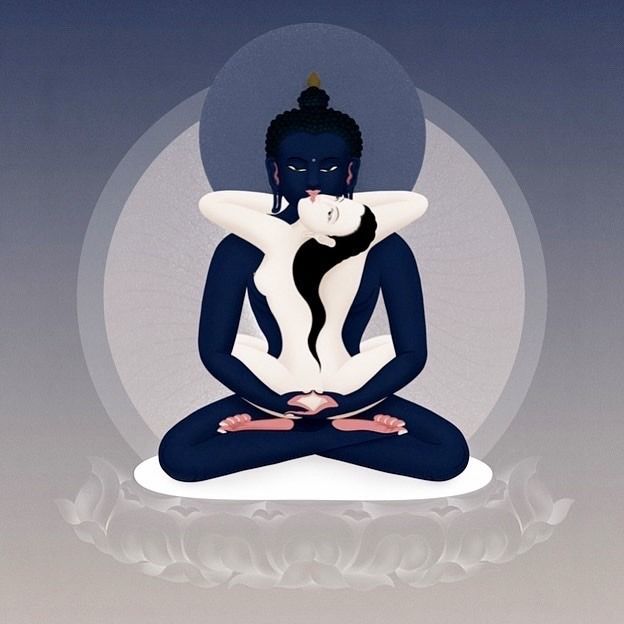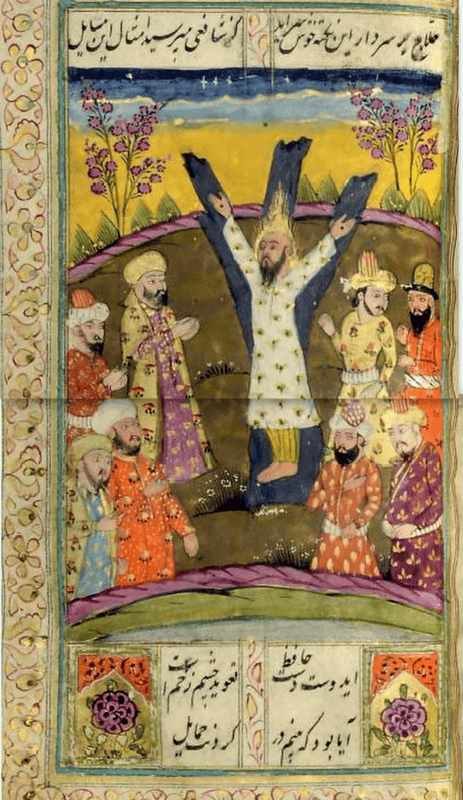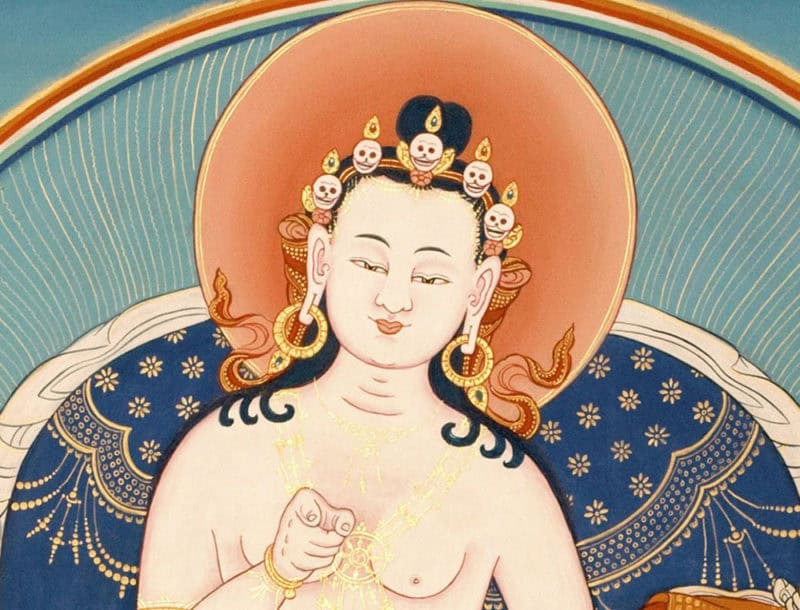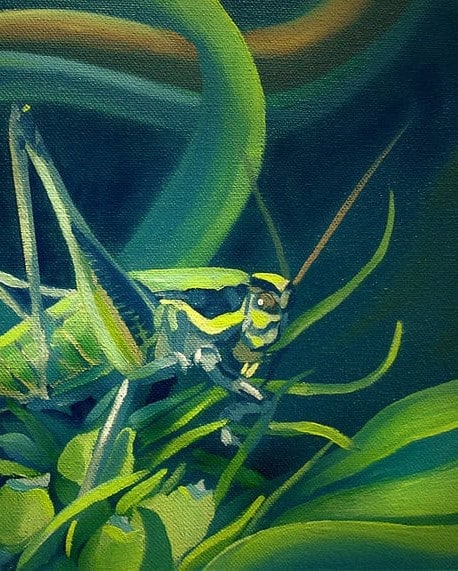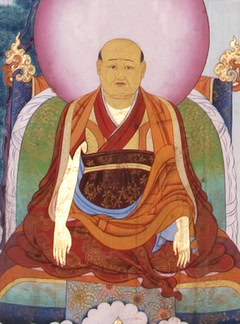Natural Great Peace by Nyoshul Khenpo Jamyang Dorje
Rest in natural great peace This exhausted mind Beaten helpless by karma and neurotic thought Like the relentless fury of pounding waves In the infinite ocean of samsāra. Nyoshul Khenpo Jamyang DorjeNatural Great Peace So clear, so direct. This is the start and the end of it. Rest in natural great peace, the nature of […]
Natural Great Peace by Nyoshul Khenpo Jamyang Dorje Read Post »

